 |
Classroom Economics System | |
| This system has been tested successfully with 2nd grade students. They were enthusiastic about their paydays and became quite proficient in handling the money - both the cash and the bank accounts. | ||
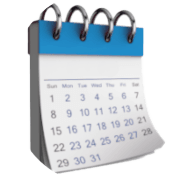 |
First, Pay periods are defined. The students may receive checks every two weeks, on the 15fh and end of month, once a month, or any customized periods. This should be consistent so that the students can anticipate their payday. Third, Checks are designed. Fourth, a student list is entered. Each pay period, assignment given during a pay period are entered into the system. The maximum score is included along with the Pay Points that can be earned for the assignment. |
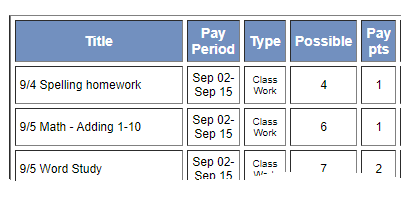 |
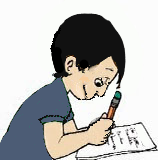 |
After the students complete the assignments, the student information is entered showing the actual score, comments about the accomplishments (opt), and the number of pay points actually earned. In addition to points earned by completing assignments, up to five additional types of points may be awarded for things like attendance, behavior, bonuses, fines,... At the end of a pay period, a check is printed for each student and a direct deposit is made to their bank account and a progress report is printed showing their current bank balance and their results for the assignments given. |
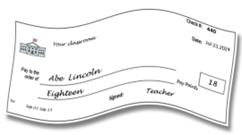 |
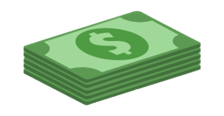
|
Initially, the students will cash their checks for cash. They can decide the denomination of the bills. |
 |
Once the students have mastered the handling of pay point bills, they should move on to using a bank account. Instead of cashing their checks, they will write checks when they make a purchase. They will learn the vocabulary such as 'deposit', 'withdrawal', 'balance', 'year-to-date earnings'. Each student is given an ID and password to gain access to their bank account online. Their balance at the end of each pay period appears on their progress report as well as online. The students may be allowed to bring small items that they wish to sell into the classroom. When another student wishes to purchase an item, they write a check to the seller. |
||
| You will need: | ||
| • Play money with bills valued at 1, 5, 10, and 20 | ||
| • An envelope or small bag for each student to use as a wallet for their money. (Small zipper pencil bags work very well.) The wallets should be kept in a safe place in the classroom. | ||
| • Items to be purchase with their cash. These can include snacks, small items like erasers and notebooks, homework passes, art center time, quiet reading time,...These items can be purchased by the teacher and/or donated by parents. | ||
| Questions, Ideas, or suggestions? Email sally@tactedu.com. | ||